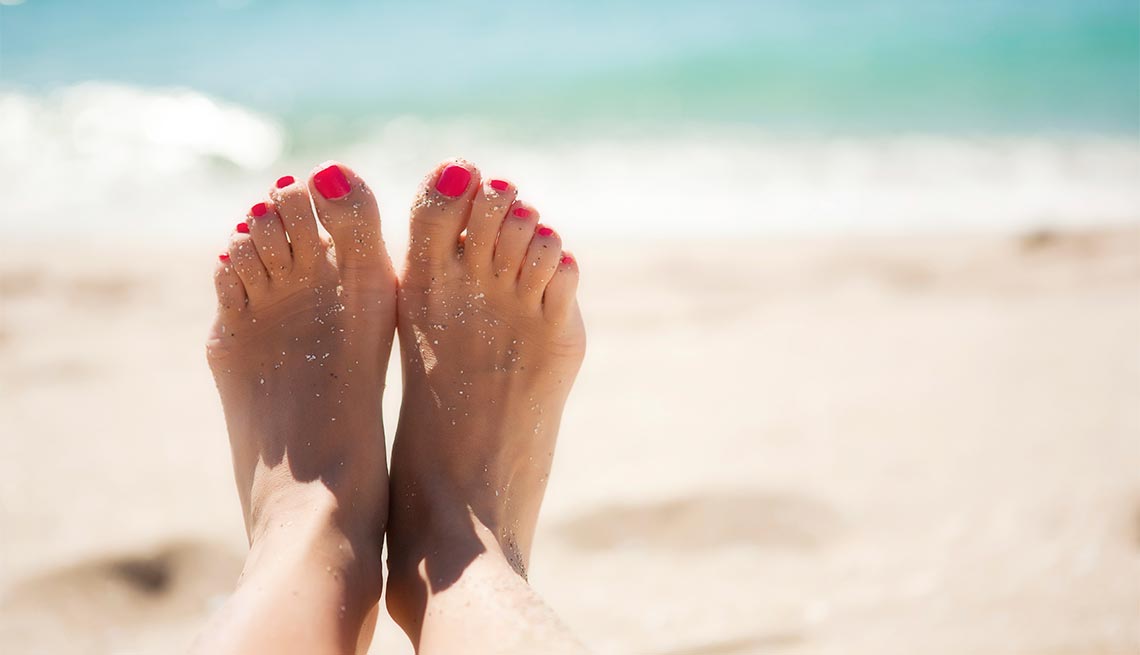AARP Hearing Center
Because it's low-cost and calorie-free, a mani-pedi is a start-of-summer pleasure that's hard to resist: Scanning the hundreds of polish colors, flipping through old magazines, looking forward to the massage — it's Chill Factor 9, right?
Well, it was — until those recent social-media rumors about foot fungus, nail infections and worse. So when I realized I was scrutinizing the cleanliness of the work stations at my customary salon rather than relaxing, I decided to seek an expert's advice. That led me to Joshua Zeichner, M.D., director of cosmetic and clinical research in the Department of Dermatology at Mount Sinai Hospital in New York. Zeichner had plenty of advice about how to keep your pampering pristine.
Trust your senses. Look around: Does your nail salon use hospital-grade liquid disinfectant? (That's the jar of blue stuff often used to soak clippers, metal cuticle pushers or nail files.) Does it use UV-light sterilizers (these look like toaster ovens) or high-tech autoclaves (futuristic pressure cookers) to kill bacteria, fungus and viruses?
All of these pieces of equipment can be effective at combating infections, says Zeichner, "but only if they are of medical-grade quality." You can ask the manager if they're the real deal, but be aware that some salons are not above pretense: They may dilute the disinfectant, use sealed bags to create the illusion of sterilized tools, or operate outdated UV sterilizers that do little more than soap and water would.
God proposes, woman disposes? Watch to see if disposable wooden tools — emery boards, pumices, orange sticks and the like — are thrown away between clients. The reason these are designated "single use," says Zeichner, is that they "may be contaminated with body fluids, potentially spreading infections from one person to another." A sneaky salon might spray disposables with alcohol to make them look new, or recycle those "hot" towels you love without washing them between uses. So don't be wimpy about speaking up.
Members save on ticket 4-packs to great events






























































